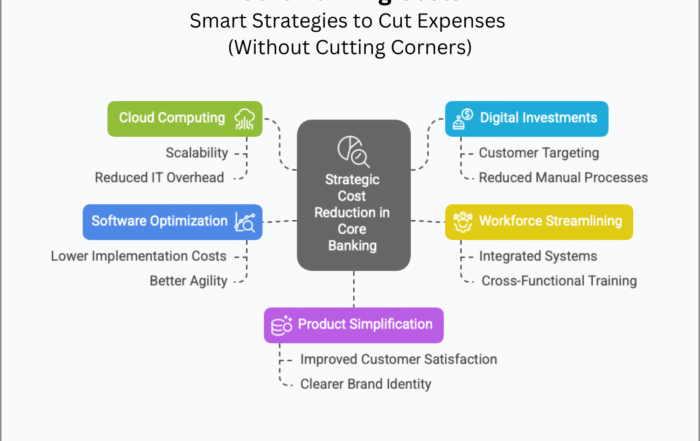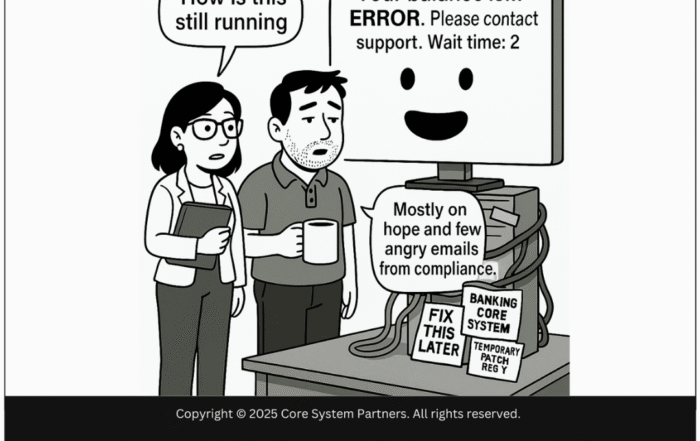Vol 1 / 10

One of the primary reasons core banking transformations falter is the absence of clear, well-defined goals and objectives. Transforming core banking systems—revamping a bank’s essential operations and processes—is an inherently complex and costly endeavor. It demands significant time, money, and resources. Understanding the transformation’s objectives clearly can significantly simplify planning and resource allocation.
A lack of specific goals often leads to a deficiency in focus and direction. This can cause delays and cost overruns as banks struggle to prioritize efforts and allocate resources efficiently. Moreover, defined objectives facilitate the measurement of the transformation’s success and the assessment of whether it is meeting intended outcomes.
To circumvent these challenges, it’s crucial for banks to establish precise, measurable goals and objectives at the outset of a core banking transformation. This begins with a comprehensive analysis of the bank’s current systems and processes, alongside a deep understanding of its business strategy and objectives. This analysis lays the groundwork for setting targets that are not only ambitious but also aligned with the bank’s broader business goals.
Once these goals are defined, they must be communicated transparently and consistently across all levels of the organization. This includes not just the bank’s leadership team but also its employees, customers, and shareholders. Effective communication ensures that all stakeholders are on the same page, working collaboratively towards common objectives, and that the transformation proceeds in harmony with the bank’s overall business strategy.
The absence of clear and well-defined goals and objectives is a critical pitfall for many core banking transformations. By establishing and effectively communicating a clear set of objectives, and aligning the transformation with the bank’s overall strategy, banks can significantly enhance their chances of a successful transformation. This strategic clarity is not just a procedural step, but a cornerstone of successful change management that can determine the future trajectory of a financial institution.
If you would like to see the full list of Why Core Banking Transformations Often Fail click the link.
Found this article interesting? Check out these three related reads for more.
- Why Core Banking Transformations Often Fail
- Series (2/10): Why core banking transformations often fail – Insufficient resources, planning and preparation
- 10 reasons why core banking transformations are not just IT projects
#CoreBankingTansformation #ClearGoals





